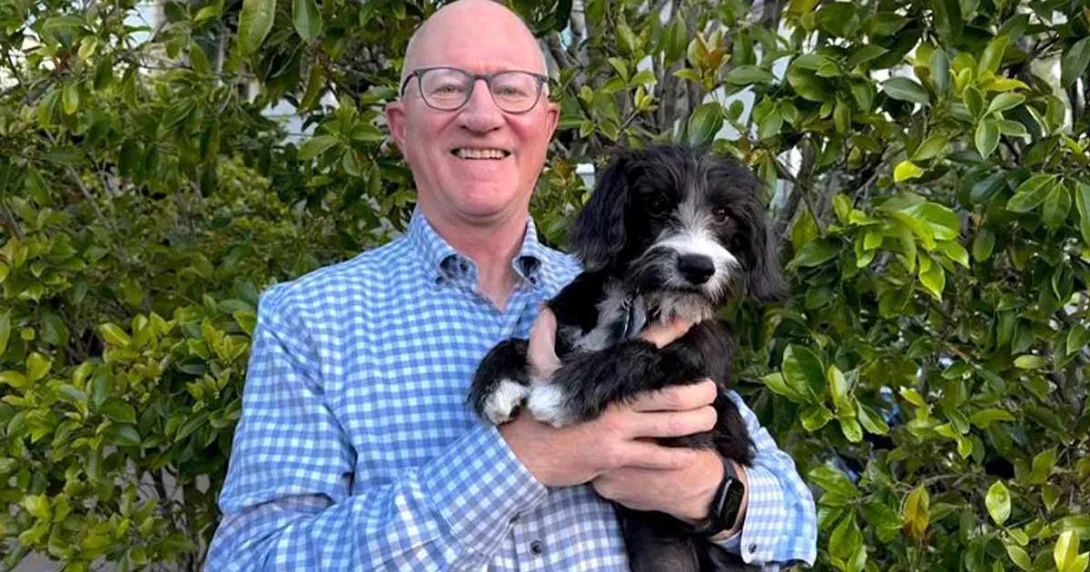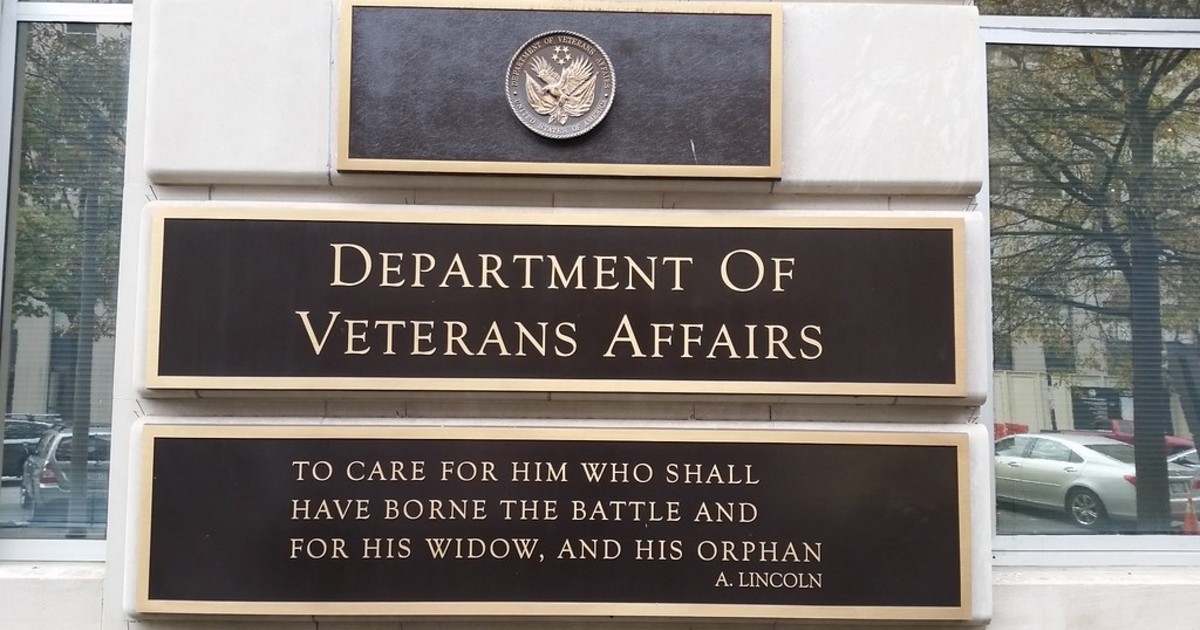
Coco and her best friend Bob Katter, president of FDB
Photo: Bob Katter
You'd better have a good sense of balance if you're going to succeed in the fast-evolving realm of health IT – especially now that AI has exploded across the scene.
That's the advice of Bob Katter, president, FDB (First Databank), a vendor of drug information and decision support technology designed to help healthcare professionals make precise decisions. FDB is in Booth 2835 at HIMSS25, where Katter has plenty of expert advice to offer hospital and health system executives.
Beware suboptimal outcomes
"Seek the appropriate balance," he said. "It is easy and understandable to get caught up in the hype of generative AI for healthcare. Yet early investments in unproven applications could result in wasted resources and suboptimal outcomes.
"On the other hand, if you're satisfied with the status quo, you will ultimately miss out on transformative technologies that will improve patient care, financial performance, clinician satisfaction or all of the above," he continued.
When transformative technology is released, healthcare executives can get caught up in the hype and believe everything will change immediately.
"When we don't experience this short-term change, we believe the technology didn't live up to its billing and go back to business as usual," Katter explained. "Then, one day, we wake up and the whole world is different, and we have fallen behind.
"So, my advice is to be ambitious but thoughtful, deploy guardrails to protect patients and your organization, and don't underestimate the potential long-term impact of generative AI," he added.
Don't move fast, don't break things
Katter also suggests to HIMSS25 attendees to reject the famous Silicon Valley adage of "move fast and break things."
"In most other industries, you have more freedom to take risks in hopes of a big payoff because the consequences are not as critical," he noted. "This is healthcare – when deploying new technology, it must at least result in equal quality, and to be truly transformative, in higher-quality care.
"The bar is set very high and finding a healthcare-appropriate risk-and-reward balance will be challenging," he continued. "One of my objectives in attending HIMSS25 is to learn about different technology implementations in real-world settings and bring that knowledge back with me."
As for the big talk on the show floor, generative AI is dominating the discussion – no other technology currently comes close, Katter said.
GenAI starting slow, but will build
"Despite the widespread interest, however, we see that generative AI is still used selectively in patient care delivery," he explained. "Applications deployed in real-world settings today are primarily used to streamline documentation or other administrative processes, such as creating physician notes, routine communications with patients and payers, and other repetitive tasks that typically do not require a lot of input from clinicians.
"These are tremendous applications because they free up time for providers to spend on patient interaction and face-to-face discussions, but they only indirectly affect patient care," he continued. "As the technology continues to advance, I fully expect clinicians to rely on generative AI to support diagnostic, testing and treatment decisions in the near future with appropriate human guardrails in place."
At HIMSS25, FDB's main message is that the healthcare industry faces a tremendous opportunity: With the speed and power of information technology rapidly advancing, the ability to personalize medication and clinical decision support for a particular patient with unique health issues has never been better, Katter said.
"More health systems, prescribers and pharmacies should take advantage of this opportunity to improve the care they deliver," he said. "Greater personalization with less time and effort means we can better understand specific patient needs and deliver more precise and higher quality care, resulting in fewer wasted resources, an improved experience for clinicians and patients, and better patient outcomes."
Follow Bill's HIT coverage on LinkedIn: Bill Siwicki
Email him: bsiwicki@himss.org
Healthcare IT News is a HIMSS Media publication.
WATCH NOW: Why you can't just dump AI on a CIO or CTO to make a Chief AI Officer


